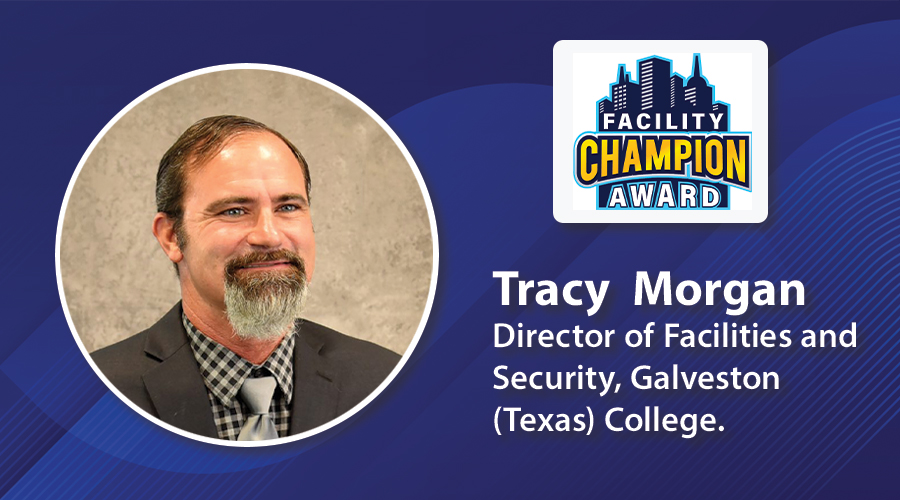The Complicated Question of Open Floor Office Plans
By Casey Laughman, Managing Editor
OTHER PARTS OF THIS ARTICLEPt. 1: This Page
When a transition is being made to an open floor plan, the question of offices becomes complicated. After all, offices have signified status in corporate settings for decades. Instead of the main question being who gets which office, the first question that has to be answered is whether there will be offices at all.
Pharmaceutical giant GSK faced that question during the design and construction of its new U.S. headquarters in Philadelphia's Navy Yard. When the decision was made to go to a completely open floor plan, offices were left off of the blueprints.
It did cause some grumbling among the staff that would be relocating from a downtown Philadelphia high-rise, says Ray Milora, director of design and change management, global facilities department, GSK. As Milora puts it, the reaction from some was "I'm next in line to get a corner office with fake wood furniture and three plants."
Now that the building has been up and running for a little more than a year, the feedback has been overwhelmingly positive from building occupants. The completely open floor plan allows for a view from almost anywhere in the building, and employees have the ability to basically choose where they're going to work on any given day. In addition, the floor plan allows for more face-to-face interaction than in a setting where everybody is in a cubicle.
As Milora says, even something like scheduling a meeting is more interactive than before. "You just turn around now and go 'that room? OK' or 'hey, let's go stand on the bridge' or 'let's go for a coffee,'" he says.
So, there are certainly benefits to the open floor plan. But, Milora says, you have to keep in mind that there will always be that idea that an office equals importance, and that you have to resist the temptation to simply put the executives in offices and everybody else out in the hinterlands.
"It's very easy to create haves and have-nots in this kind of environment, and you can't do that," he says. "Either we're all in the same boat, or we're not. Having the executive suite is an awesome way to completely disenfranchise everybody. It's like 'all you 1,200 people are gone, but I get my corner office on the fourth floor.'"
To reinforce that point, consider this: One of the most enthusiastic adopters of the new floor plan has been Deirdre Connelly, GSK's president of North America Pharmaceuticals. On any given day, she can be found working anywhere from the atrium to one of the workstations on an office floor. In other words, she — like everyone else in the building — doesn't have an office, and if she's not raising a fuss about it, then it would be unlikely that somebody further down the ladder would. Milora says that's often the hardest thing for visitors to understand.
"We get the same questions all the time 'Where's Deirdre's office? Where's her hidden office?'" he says. "We tell them it's in the basement, and there is no basement."
Related Topics:











